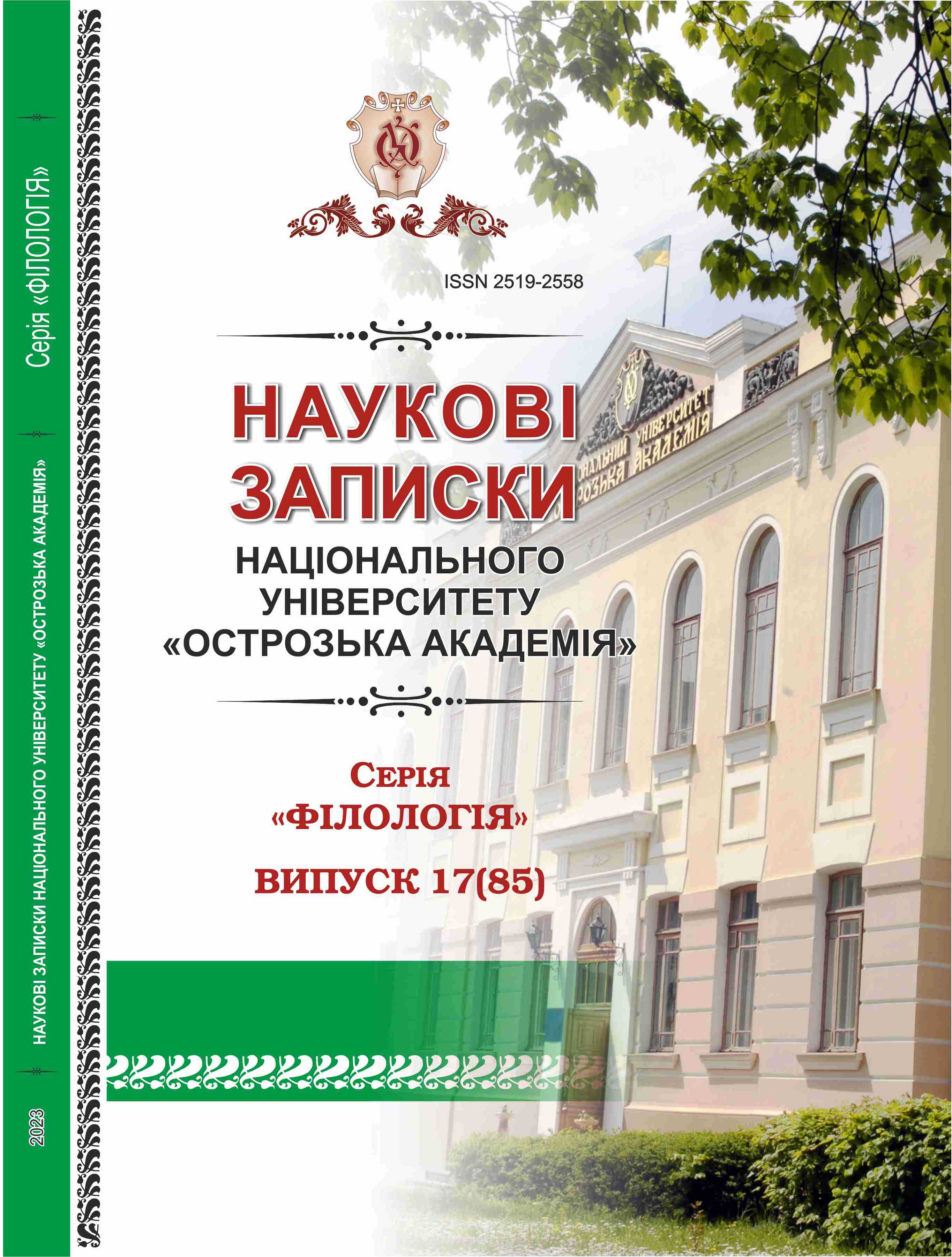LINGUISTIC PORTRAIT OF A POLE IN HENRYK SIENKIEWICZ’ NOVEL “WITH FIRE AND SWORD”
Keywords:
history of Polish culture in the second half of the nineteenth and early twentieth centuries, literary language, Henryk Sienkiewicz, novel “With Flame and Sword”, linguistic portrait, concept, concept semantic structureAbstract
The article analyses the linguistic portrait of a Pole in Henryk Sienkiewicz’ novel “With Fire and Sword”. The usage of rycerz, żołnierze, kniaź, as well as substantive word combinations rycerski honor i sumienie, wielka sława rycerska, honoru i wszystkich cnót rycerskich are determined, which expand the fiction-image paradigm of the simulated linguistic portrait. It was found that the productive means of creating a linguistic portrait of the characters include the names twarz, oblicze, oczy, wzrok. The actualization of such words testifies to the method of modeling an internal portrait of a person through the signs of external behavior and specific actions, which is indicative of the writer's linguistic thinking. The tone of figurative and metaphorical artistic portrayal of a person's inner world is typical of prose writer's individual style which leads to the activation of text structures with functionally loaded lexemes of soul and heart. The Pole’s linguistic portrait is modeled by the sayings, which are filled with the characteristics of decency and good manners, introduced among the people under the influence of Polish culture of that time.
The conclusion that the concepts of chivalry and defending the homeland are central for understanding the philosophy of the Pole's linguistic portrait is made.

